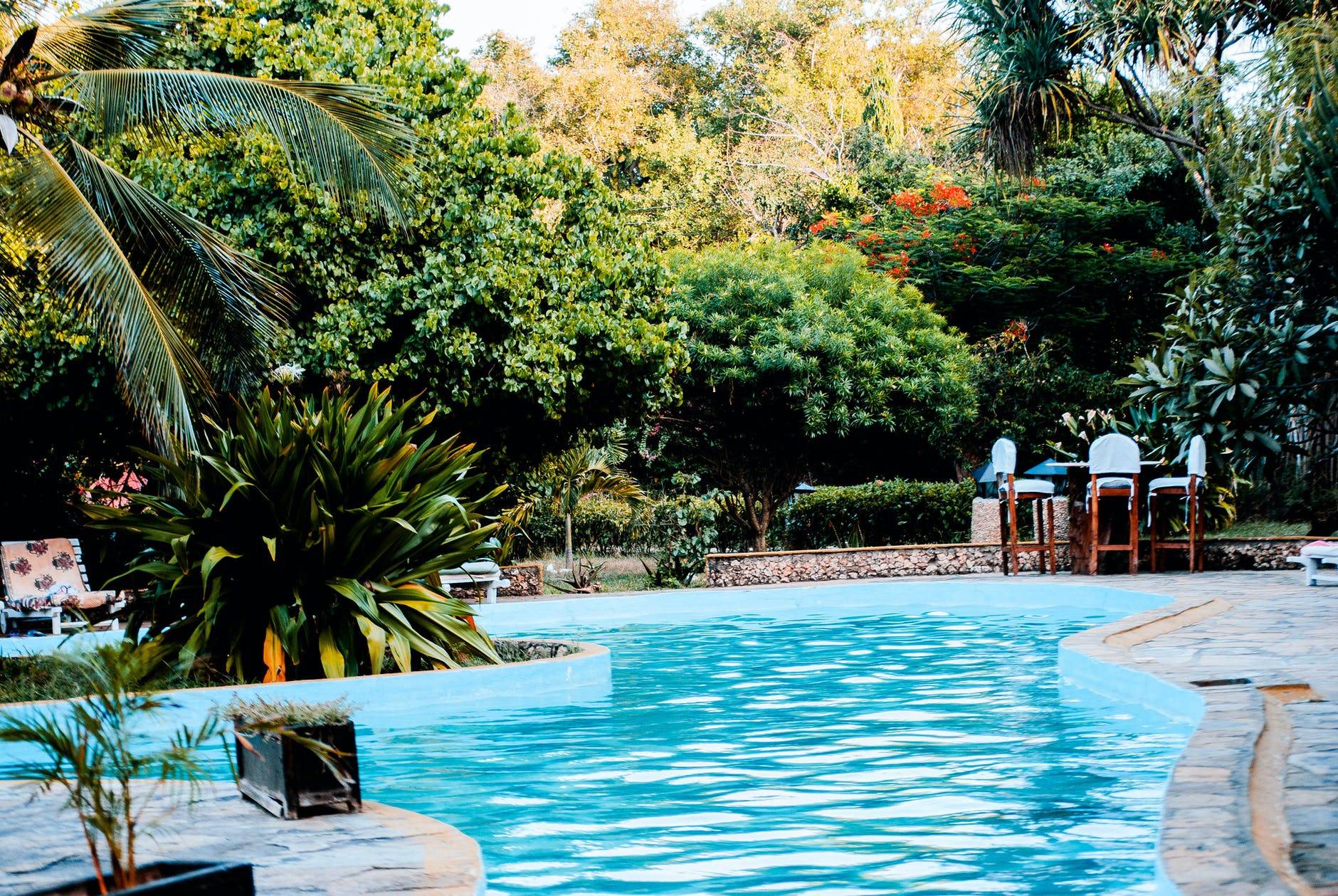Just purchased a home with a pool that had been maintained by an older gentleman who dropped chlorine pucks into the skimmer. The 3" tablets are composed of 99% Trichloro-s-triazinetrione.
Today I ran my first Chlorine OTO, pH and then FAS-DPD & CYA tests.
Chlorine OTO was off the charts orange. pH 7.8.
FC = 14.5ppm, CC=0.5ppm, TC = 14.5ppm
CYA - dot was obscured by the 100 line, so perhaps much higher.
Do these chlorine and CYA levels add up given that the pool has been maintained longterm with chlorine tablets?
I aim to do the full TF-Pro series of tests soon, I just wanted to get a quick basis for where I was at. I know that extremely high CYA levels can only really be remedied by partial drain/refill. As water evaporates (very hot in Texas right now) should I just continue to fill with fresh water and only add liquid chlorine to see if things balance out at all?
Today I ran my first Chlorine OTO, pH and then FAS-DPD & CYA tests.
Chlorine OTO was off the charts orange. pH 7.8.
FC = 14.5ppm, CC=0.5ppm, TC = 14.5ppm
CYA - dot was obscured by the 100 line, so perhaps much higher.
Do these chlorine and CYA levels add up given that the pool has been maintained longterm with chlorine tablets?
I aim to do the full TF-Pro series of tests soon, I just wanted to get a quick basis for where I was at. I know that extremely high CYA levels can only really be remedied by partial drain/refill. As water evaporates (very hot in Texas right now) should I just continue to fill with fresh water and only add liquid chlorine to see if things balance out at all?


